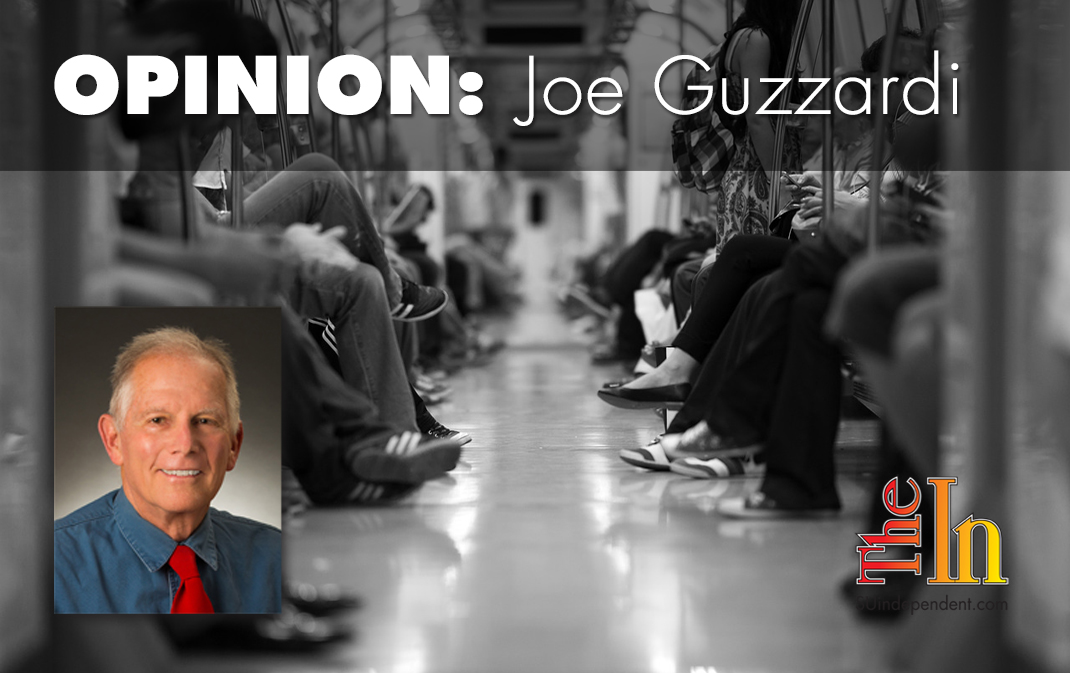
Post-Earth Day thoughts about sustainability
Earth Day founder Gaylord Nelson’s daughter Tia recently said that her father would be “deeply distressed” by the lack of progress on the environmental causes that he held dear and advocated for throughout his life.
Little wonder that the former Wisconsin U.S. senator and governor would be so disappointed. In 1970, the first year that Earth Day was celebrated, the U.S. population stood at 203 million. Today, it’s 329 million. The year Nelson was born, 1916, the domestic population was about 95 million; when he died in 2005, nearly 300 million people inhabited the U.S.
Population growth from the global perspective is even more alarming. On the first Earth Day, the population was 3.7 million; today, it’s more than doubled to 7.7 billion, and the Population Reference Bureau projects that with its rapid daily net growth, global population could reach 9.9 billion by 2050, an alarming 33 percent increase over today’s level.
In an extensive interview granted to NBC News, Ms. Nelson said that her father’s Earth Day concept had been successful beyond his “wildest dreams” and the personal impact it had on so many was tremendous. All well and good, according to Ms. Nelson, but not nearly enough.
Too many clean energy and land use improvements have slipped away, says Nelson, identifying state and federal leaders who have dropped the environmental ball. Nelson called out Sarah Palin, Mike Huckabee, Rudy Giuliani, Newt Gingrich, Mitt Romney, and John McCain, all prominent Republican leaders who once said that climate change puts the environment at risk.
And unlike the first Earth Day, when Congress was given the day off to contemplate the event’s importance, discussion of population growth too is a taboo, suppressed subject on Capitol Hill even among those who may have acknowledged it a decade ago. Most curious is that anyone who works in D.C. or frequents the Beltway is no doubt keenly aware of what damage overpopulation has wrought.
A study found that D.C. traffic ranks as the nation’s second worst, just behind Los Angeles, and is therefore a major contributor to carbon emissions. Logic dictates that given the gridlock that surrounds D.C., Congress should prioritize an intelligent discussion of how to prevent further highway and inner-city congestion. But alas, since such a debate would involve stemming population growth and reducing immigration, Congress refuses to engage.
Despite its impact on every community and every family’s well being, population growth remains mostly under the radar. Nevertheless, some strides toward sustainability have been made.
The Population Reference Bureau found that globally 62 percent of married women between the ages 15 and 49 use contraception, and 56 percent use modern methods like the pill or intrauterine devices. On the downside, birth control is actively practiced in wealthy, more well educated countries like Norway and less so in poorer nations like South Sudan. About 60 percent of all U.S. reproductive age women currently use contraception.
By 2050, many of the active populationists now among us will have passed away; none will still be around in 2100. But our children and grandchildren will be, and for that reason if no other Congress should be pressed hard to initiate a population sustainability dialogue.
The viewpoints expressed above are those of the author and do not necessarily reflect those of The Independent.
How to submit an article, guest opinion piece, or letter to the editor to The Independent
Do you have something to say? Want your voice to be heard by thousands of readers? Send The Independent your letter to the editor or guest opinion piece. All submissions will be considered for publication by our editorial staff. If your letter or editorial is accepted, it will run on suindependent.com, and we’ll promote it through all of our social media channels. We may even decide to include it in our monthly print edition. Just follow our simple submission guidelines and make your voice heard:
—Submissions should be between 300 and 1,500 words.
—Submissions must be sent to editor@infowest.com as a .doc, .docx, .txt, or .rtf file.
—The subject line of the email containing your submission should read “Letter to the editor.”
—Attach your name to both the email and the document file (we don’t run anonymous letters).
—If you have a photo or image you’d like us to use and it’s in .jpg format, at least 1200 X 754 pixels large, and your intellectual property (you own the copyright), feel free to attach it as well, though we reserve the right to choose a different image.
—If you are on Twitter and would like a shout-out when your piece or letter is published, include that in your correspondence and we’ll give you a mention at the time of publication.




Mr. Guzzardi nails it down in this article. He is right and apolitical as well. So I guess I will need to add the political construct. As he mentioned when it comes to US overpopulation our government looks the other way. Well kind of. The Democrats want open borders and invite, support, and entice illegal immigration into this country. Hey they even want to give them voting privileges. So part of our government does endorse increasing the US population regardless of sustainability. Have you been to Portland, San Francisco, Oakland, New York, or Los Angeles lately? Horrific traffic congestion, massive homeless encampments, garbage strewn about, rampant crime, and pollution are the norm – all Democraticly run and running out of money by the way. New slogan, Make America overpopulated, vote Democrat!!!!